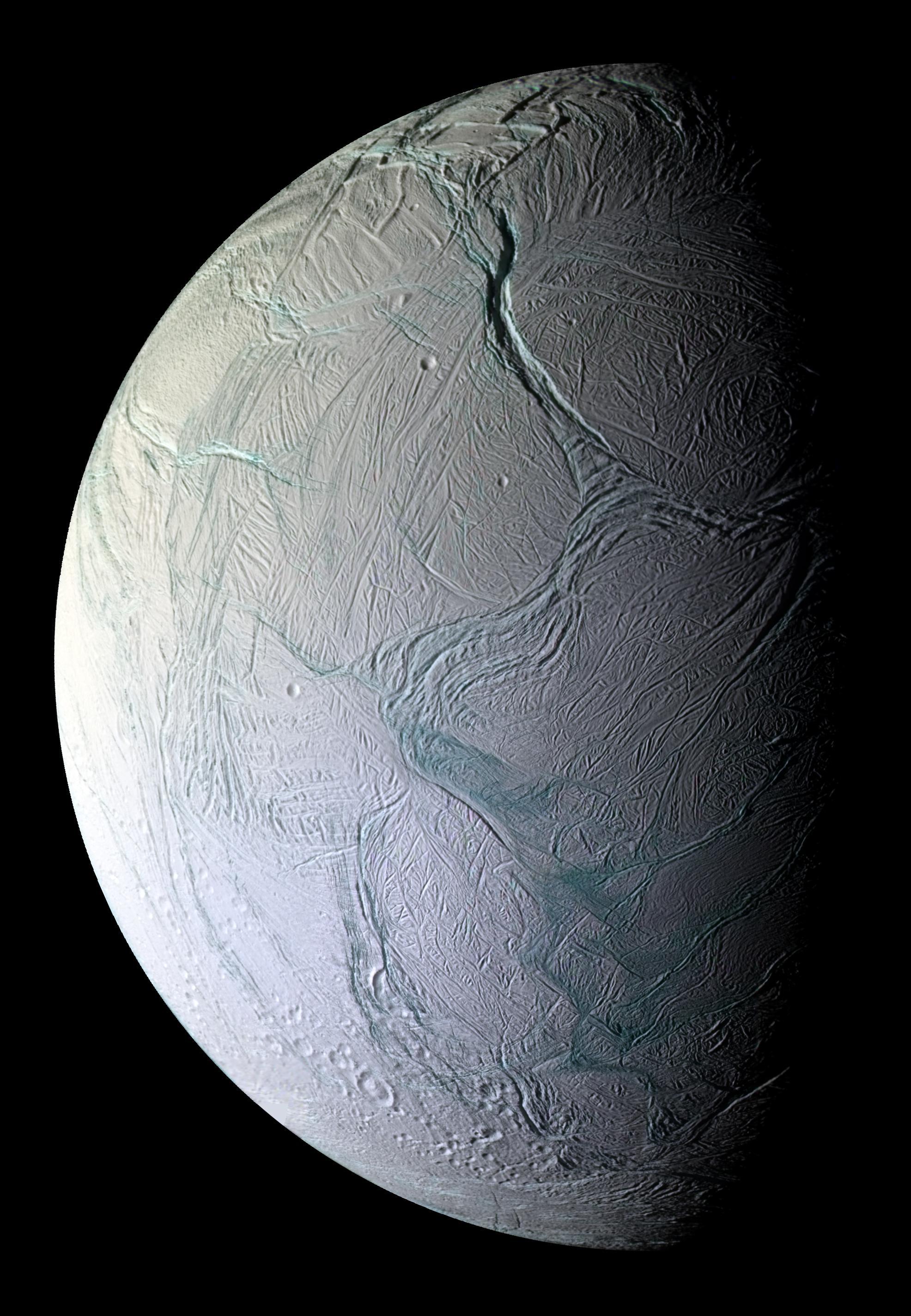Webb detects large water vapor plume jetting from Saturn’s icy ocean moon

Saturn's icy ocean moon Enceladus has long fascinated scientists due to its subsurface ocean, which is believed to harbor most of the chemical ingredients necessary for life as we know it. Latest observations from the James Webb Space Telescope have shed new light on this intriguing moon - the powerful telescope has detected a water vapor plume emanating from Enceladus that stretches an astonishing distance of over 9,600 kilometers - equivalent to stretching across the entire Eurasian continent, extending from Ireland to Japan.
The plume's gushing rate is as remarkable as its extraordinary length. Emanating at an astounding speed of approximately 300 liters per second, an Olympic-sized swimming pool can be filled in just a matter of a couple of hours at this rate.
Webb's unique vantage point from the Sun-Earth Lagrange Point 2, situated 1.5 million kilometres from Earth, coupled with the extraordinary sensitivity of its Integral Field Unit housed within the NIRSpec (Near-Infrared Spectrograph) Instrument, is also offering an unprecedented opportunity to directly study, for the first time, how the emission from the water vapor plume on Enceladus contributes to the water supply throughout Saturn's entire system, including its magnificent rings.
By meticulously analysing the Webb data, astronomers have determined that roughly 30 percent of the water stays within the torus, a doughnut-shaped region filled with water vapor surrounding Saturn's E-ring, while the remaining 70 percent escapes and supplies water to the broader Saturnian system.
🆕 Using #Webb, researchers detected a large plume jetting from Saturn’s moon #Enceladus. Read more: 🔗 https://t.co/OJ7VYLO8Cl or 🧵👇 pic.twitter.com/45OpMBq0By
— ESA Webb Telescope (@ESA_Webb) May 30, 2023
In the coming years, Webb is poised to play a pivotal role in the exploration of Enceladus. The discoveries and insights gained from Webb's observations will help plan and execute future missions to this ocean moon of Saturn.










